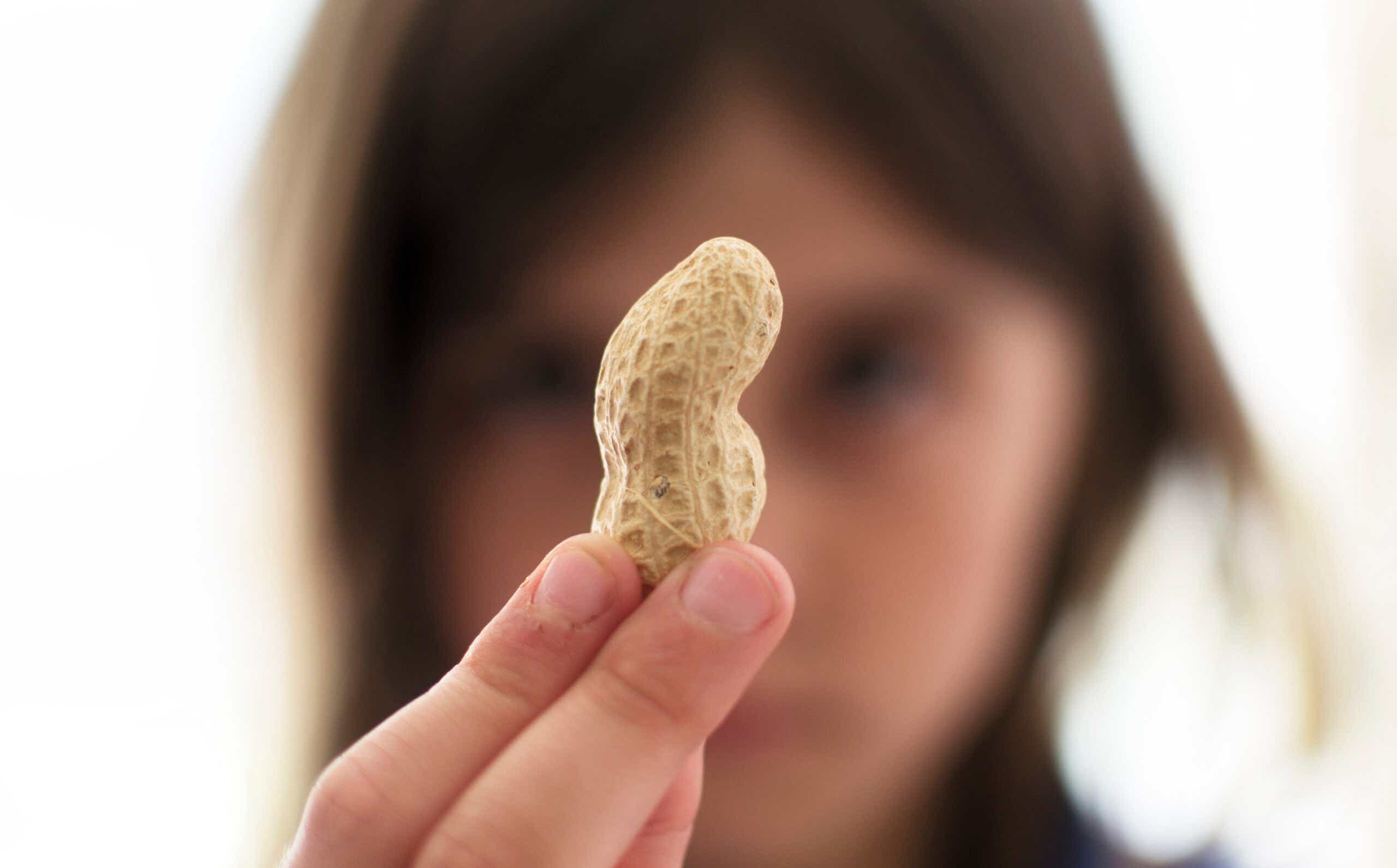If you’ve got kids and the words “may contain peanuts” on food packaging fills you with dread, there’s hope on the horizon. A “peanut patch” successfully desensitized toddlers with severe allergic reactions in a late-stage trial. After wearing the patch for about 22 hours per day for a year, two-thirds of the kids were able to tolerate the equivalent of one to four peanuts — offering potentially life-changing relief.
“Amazingly, not only did it raise the amount of peanut [tolerance] in these children, but the nature of the reaction also changed. There was a decrease in the number of severe reactions,” said Dr. Matthew Greenhawt, the study’s lead author and director of the Food Challenge and Research Unit at Children’s Hospital Colorado.
So, how does the patch work?
The patch is called Viaskin, and it’s being developed by the biopharmaceutical company DBV Technologies. Each one contains a tiny dose of peanut protein — equivalent to roughly 1/1,000th of a peanut kernel. According to the company, the patch is applied between the shoulder blades so that children’s skin absorbs the protein throughout the day, and their immune cells transport it to the lymph nodes, inducing a cell response that essentially teaches the body to suppress its allergic reaction.
Per NBC News, Dr. Pharis Mohideen, DBV Technologies’ chief medical officer, has stressed that Viaskin isn’t aiming to get kids with peanut allergies chowing down on peanut-butter-and-jelly sandwiches — or even to eradicate allergies entirely. Its hope is to add a sufficient layer of protection so that should a child with a severe allergy accidentally consume a tiny quantity of peanuts, their immune response won’t be so severe. That knowledge alone could give parents a comparative sense of ease in situations where peanuts can pose a serious threat — like on planes, or in restaurants.
“We’re trying to build a protective layer for them so that if there is an accidental peanut exposure, they won’t have a reaction, or that reaction will be very mild and not send them to the emergency room,” he said.
A growing concern for parents and kids
It’s estimated that just over 1 percent of the U.S. population suffers from a peanut allergy, but that proportion rises to more than 2.5 percent of kids. They appear to have become more common over time — the incidence of peanut allergies in the United States more than tripled between 1997 and 2008, with one study finding another 21% increase between 2010 and 2018. It’s a major concern for parents, as peanut allergies are the leading cause of allergy-related death in kids.









